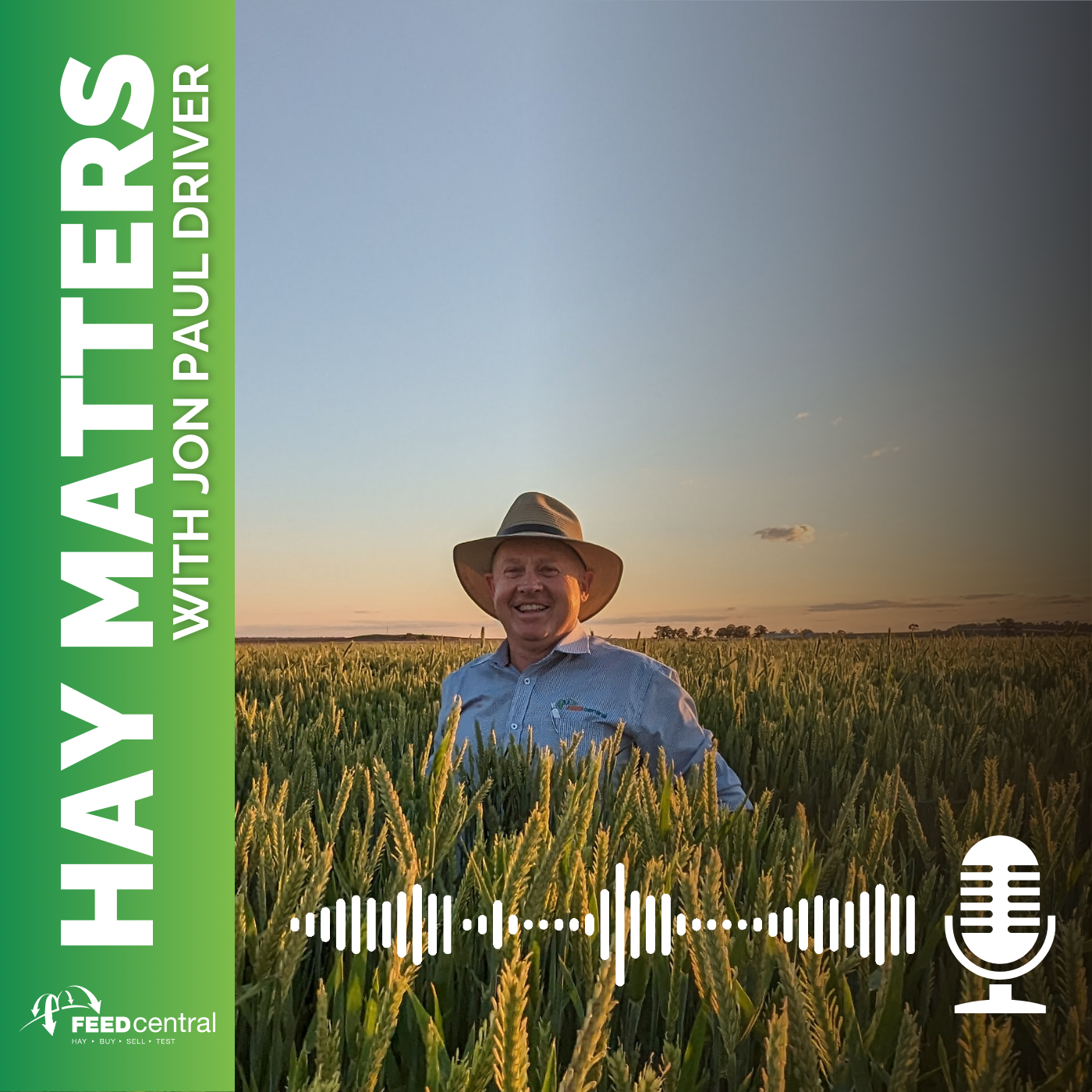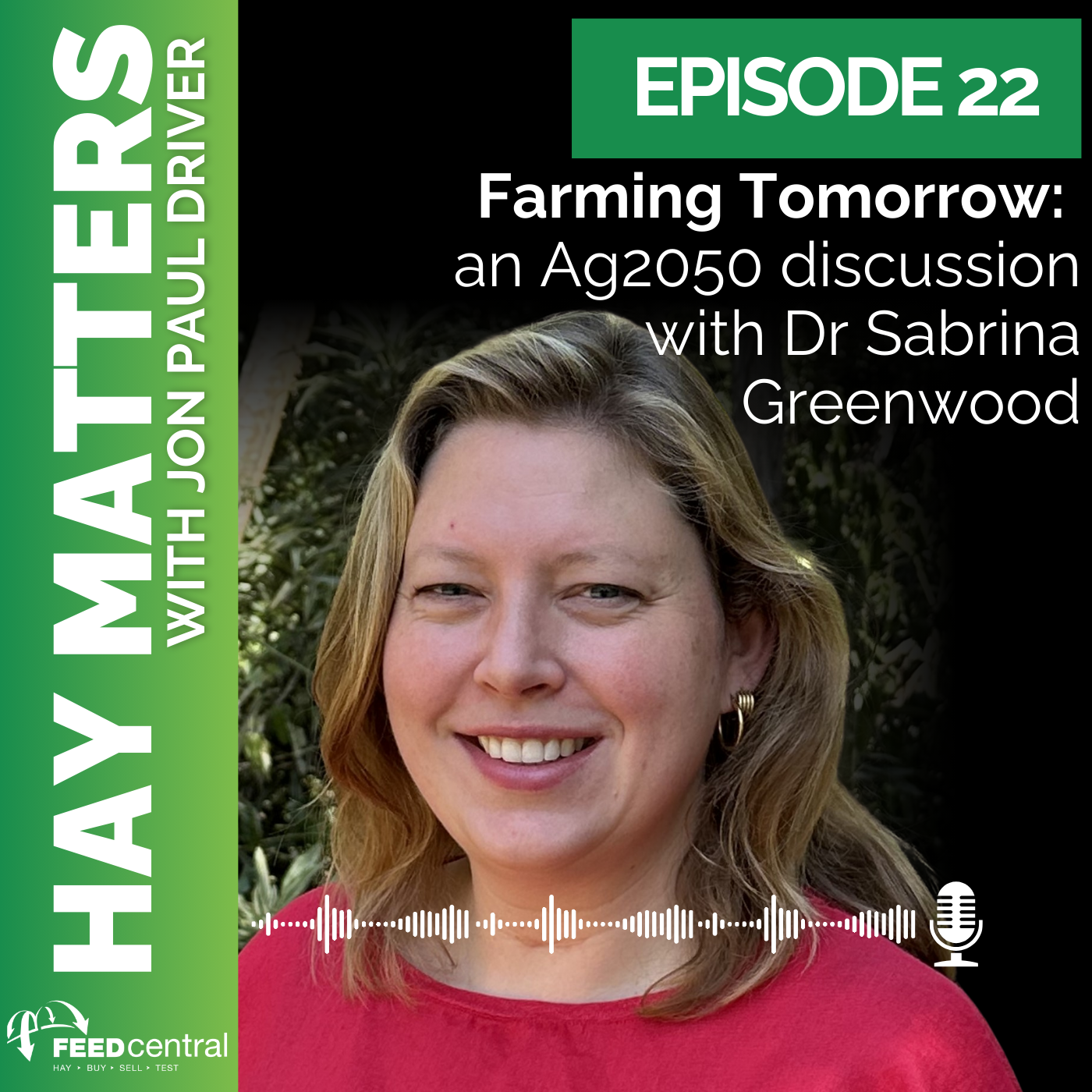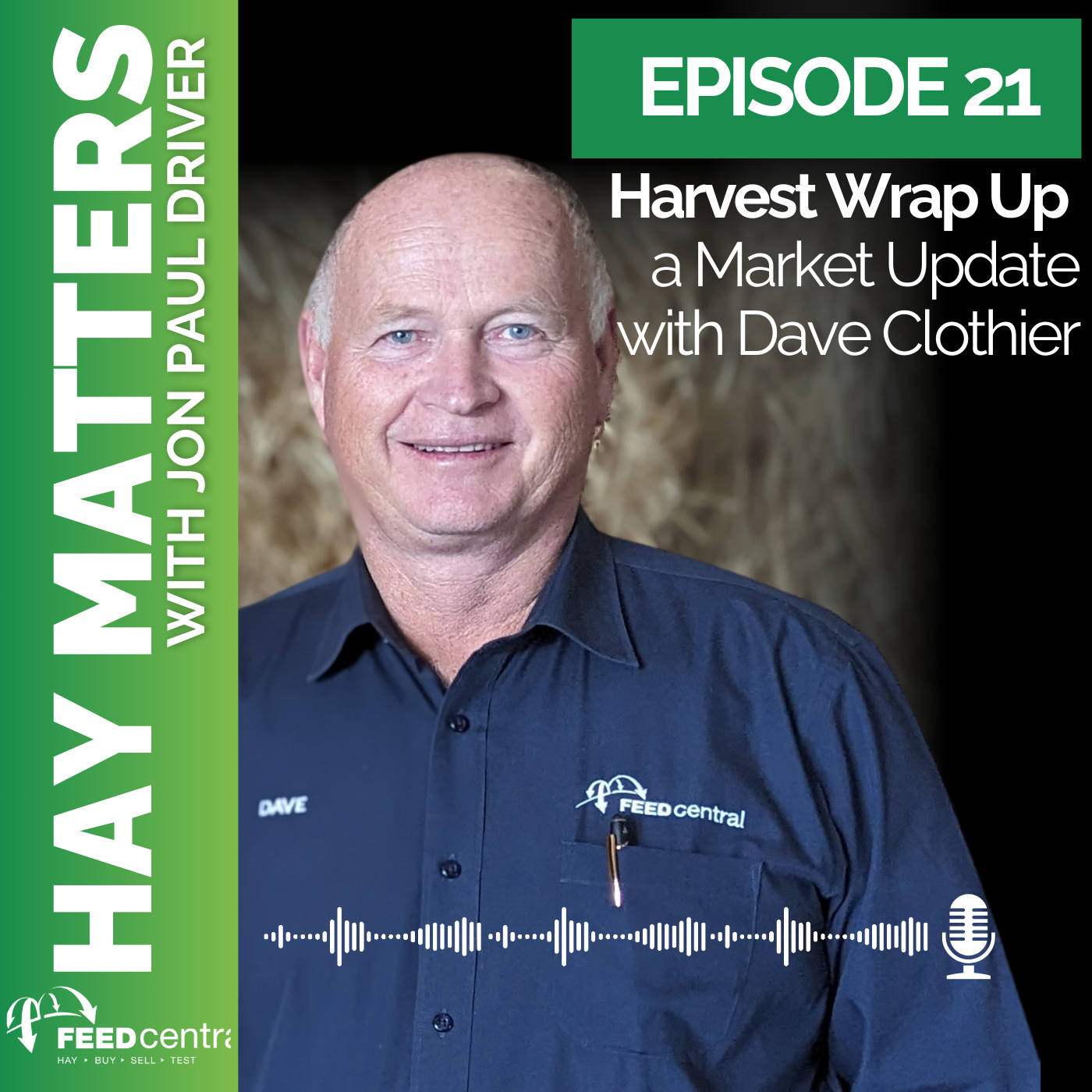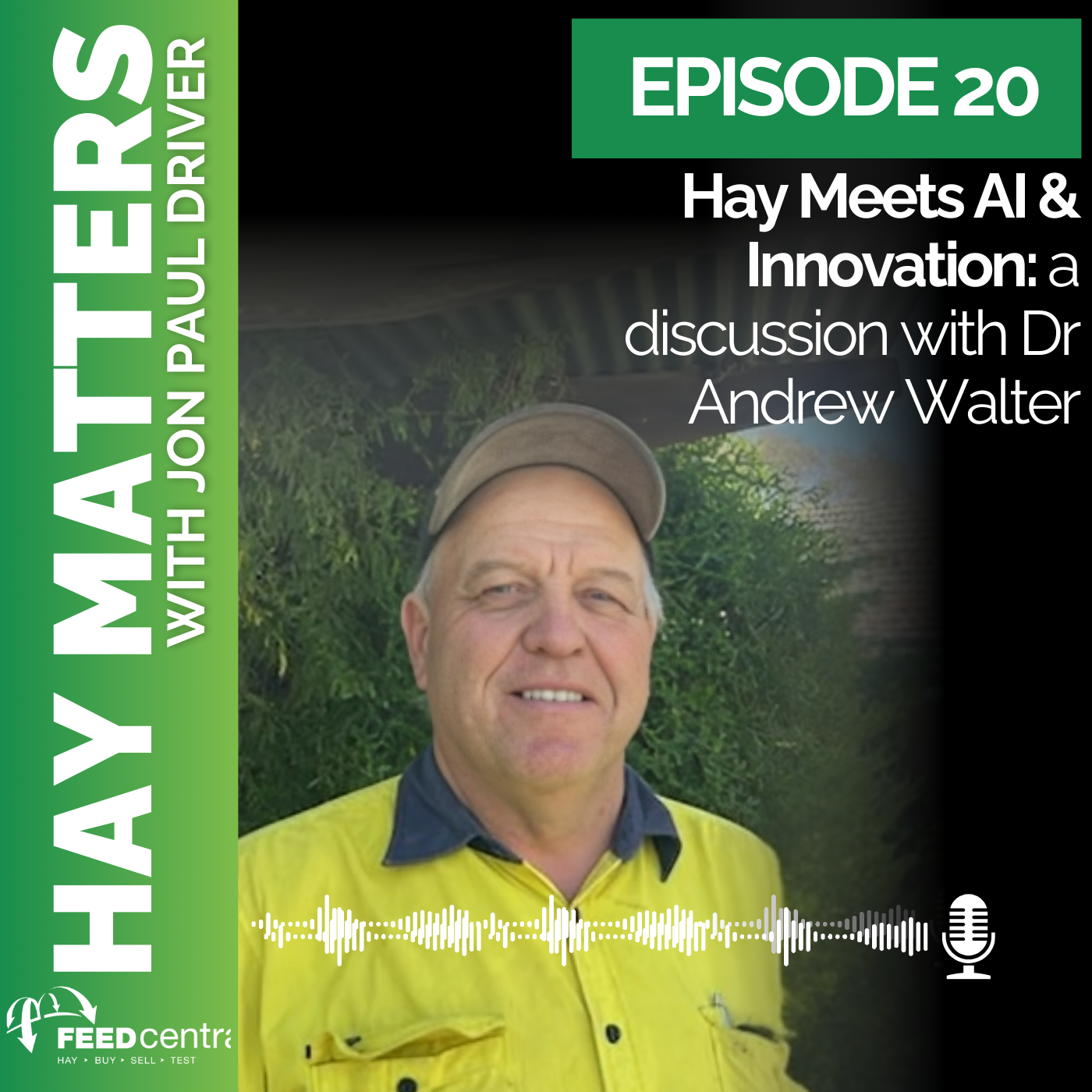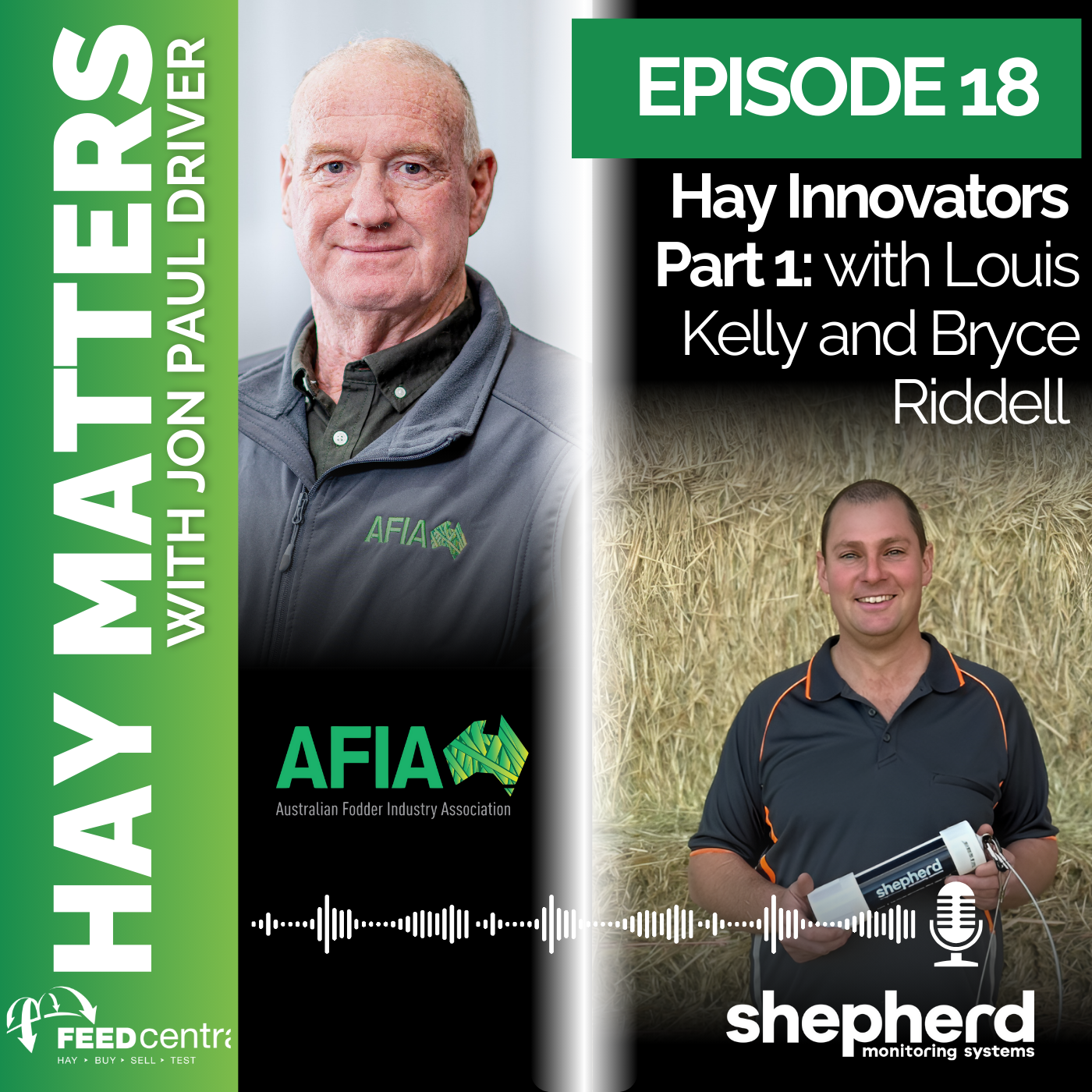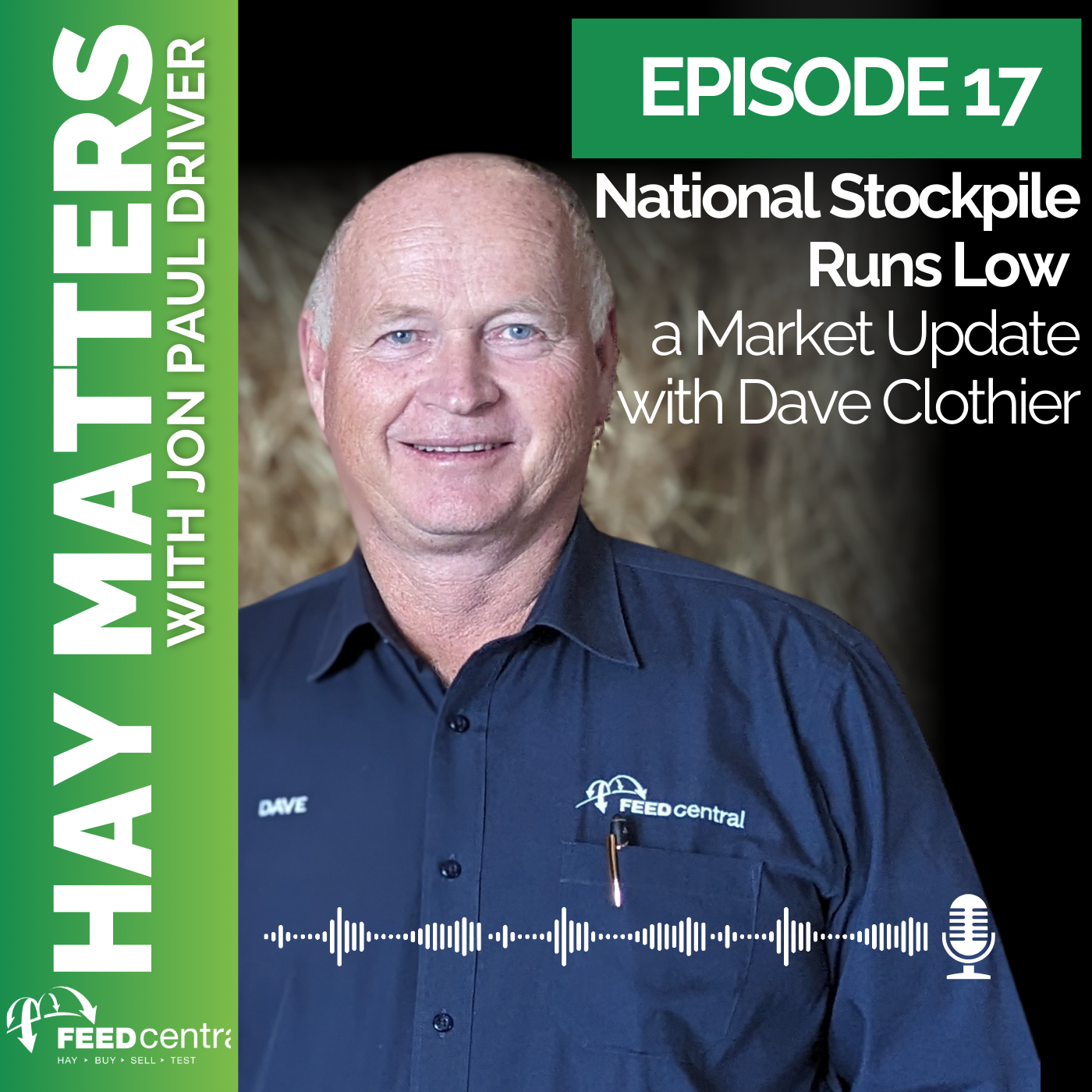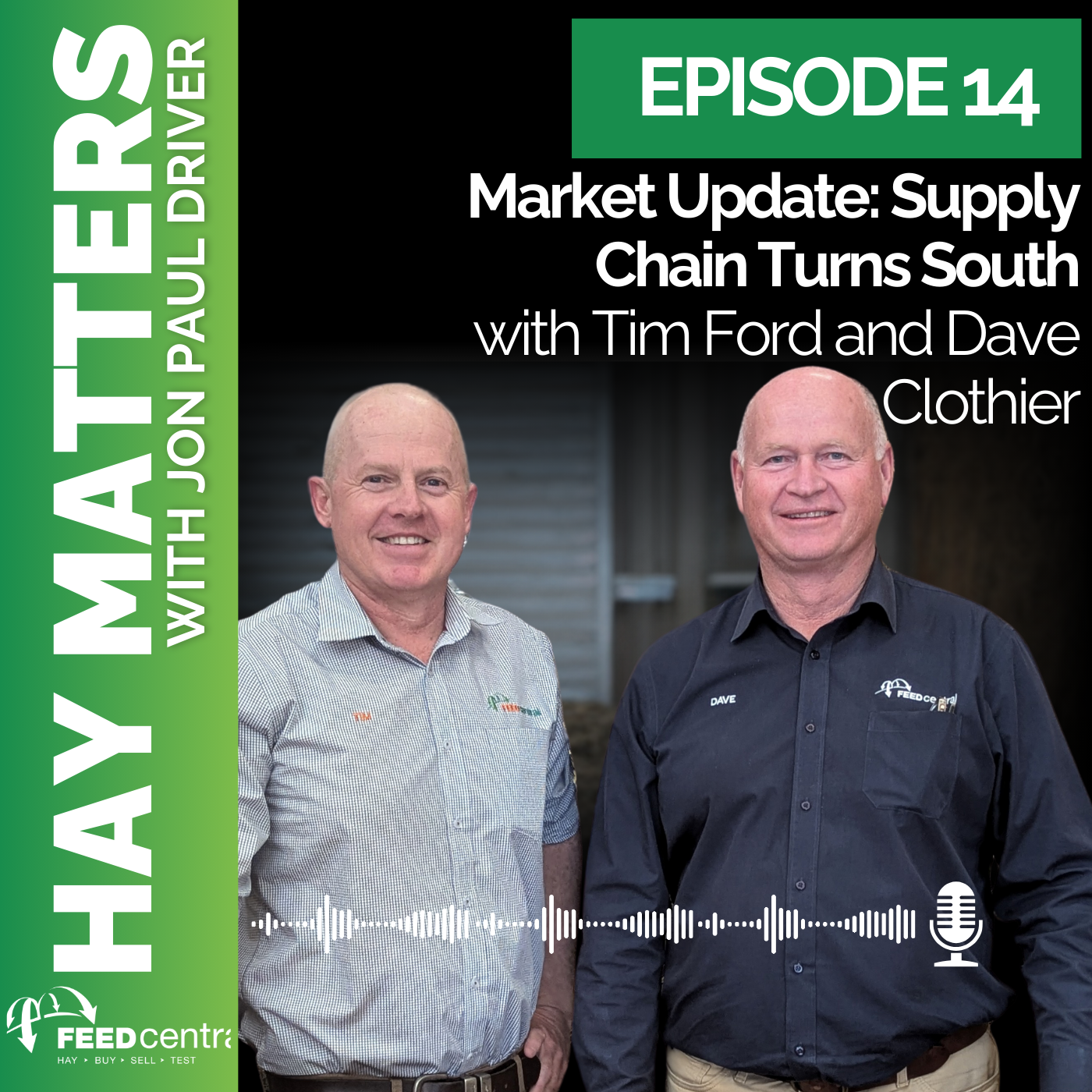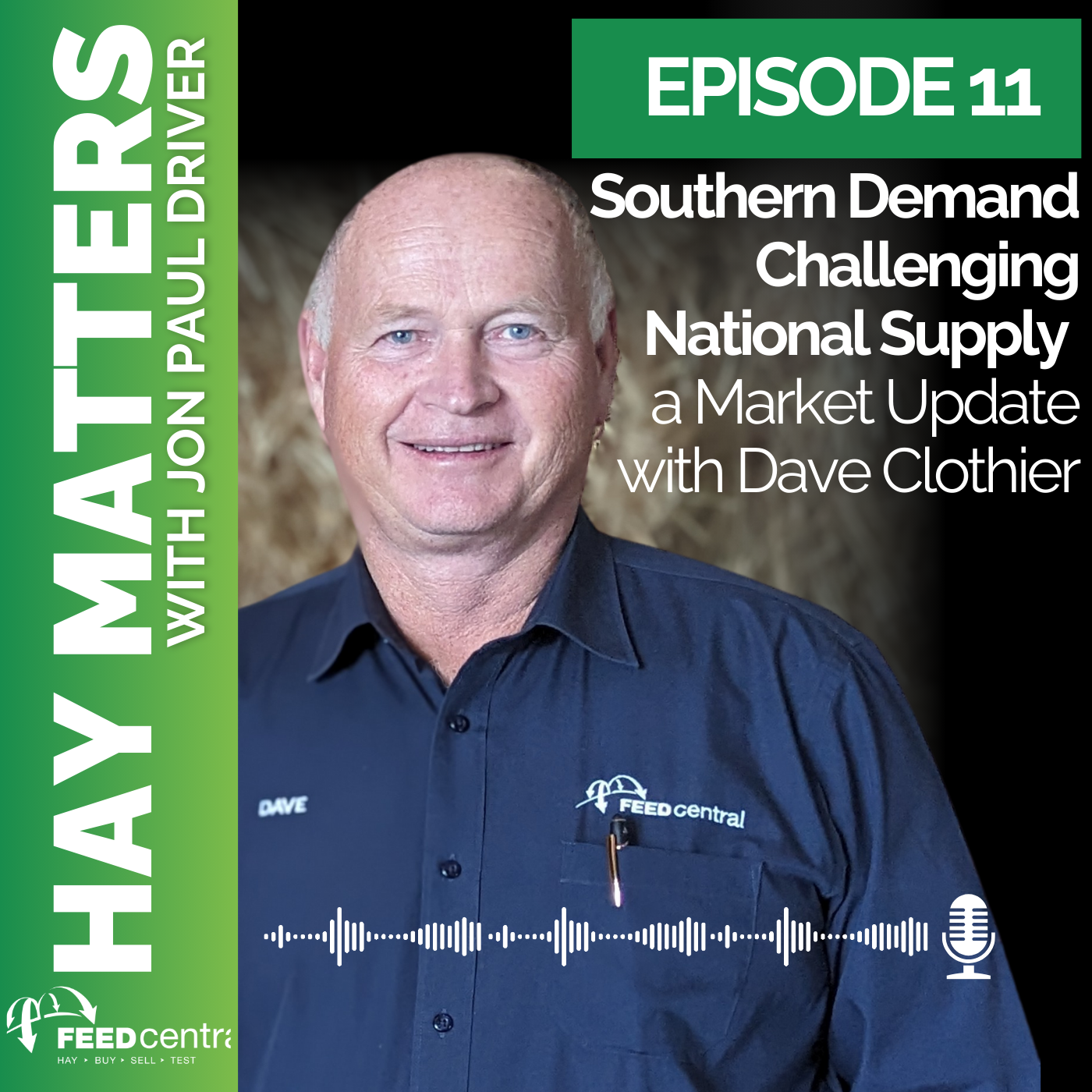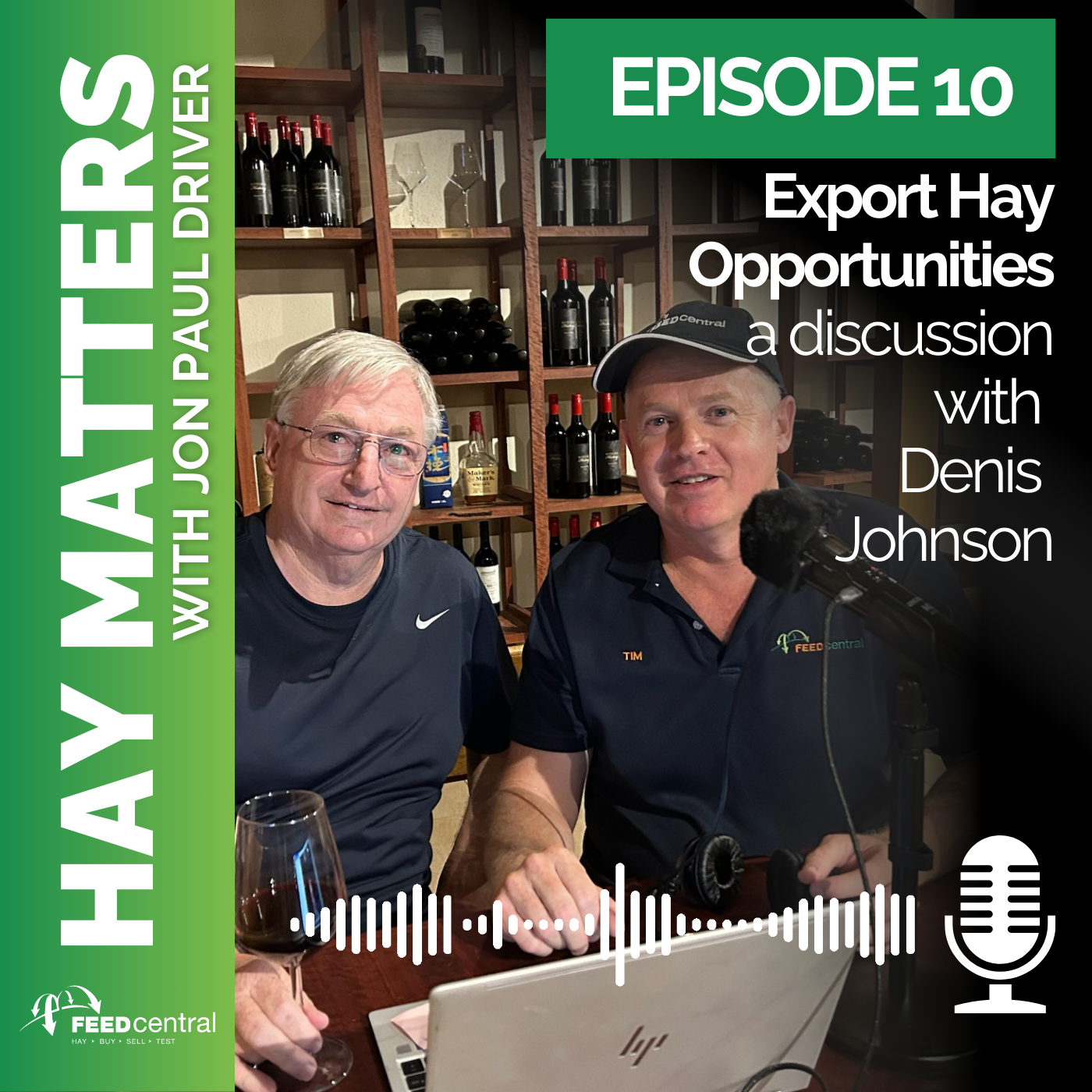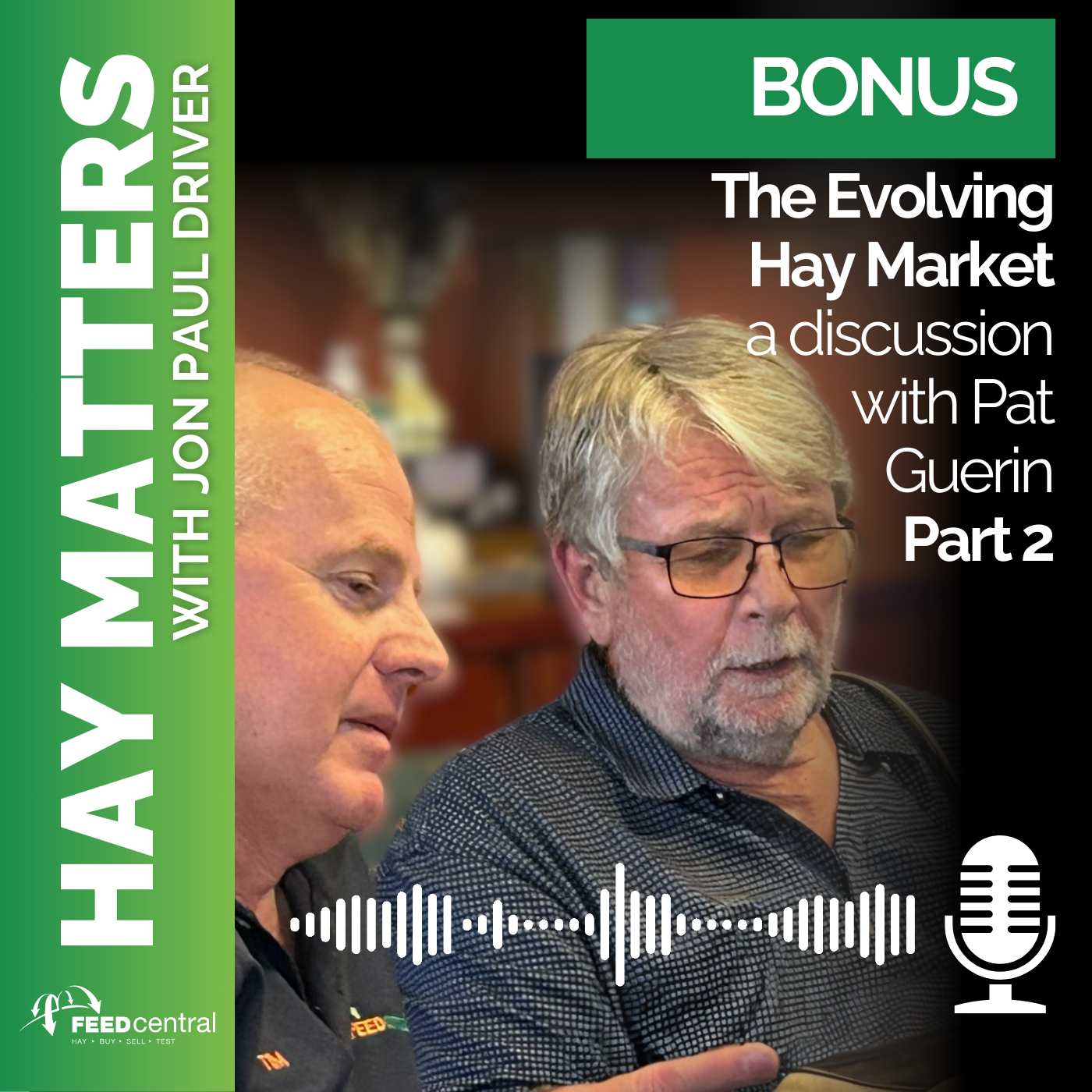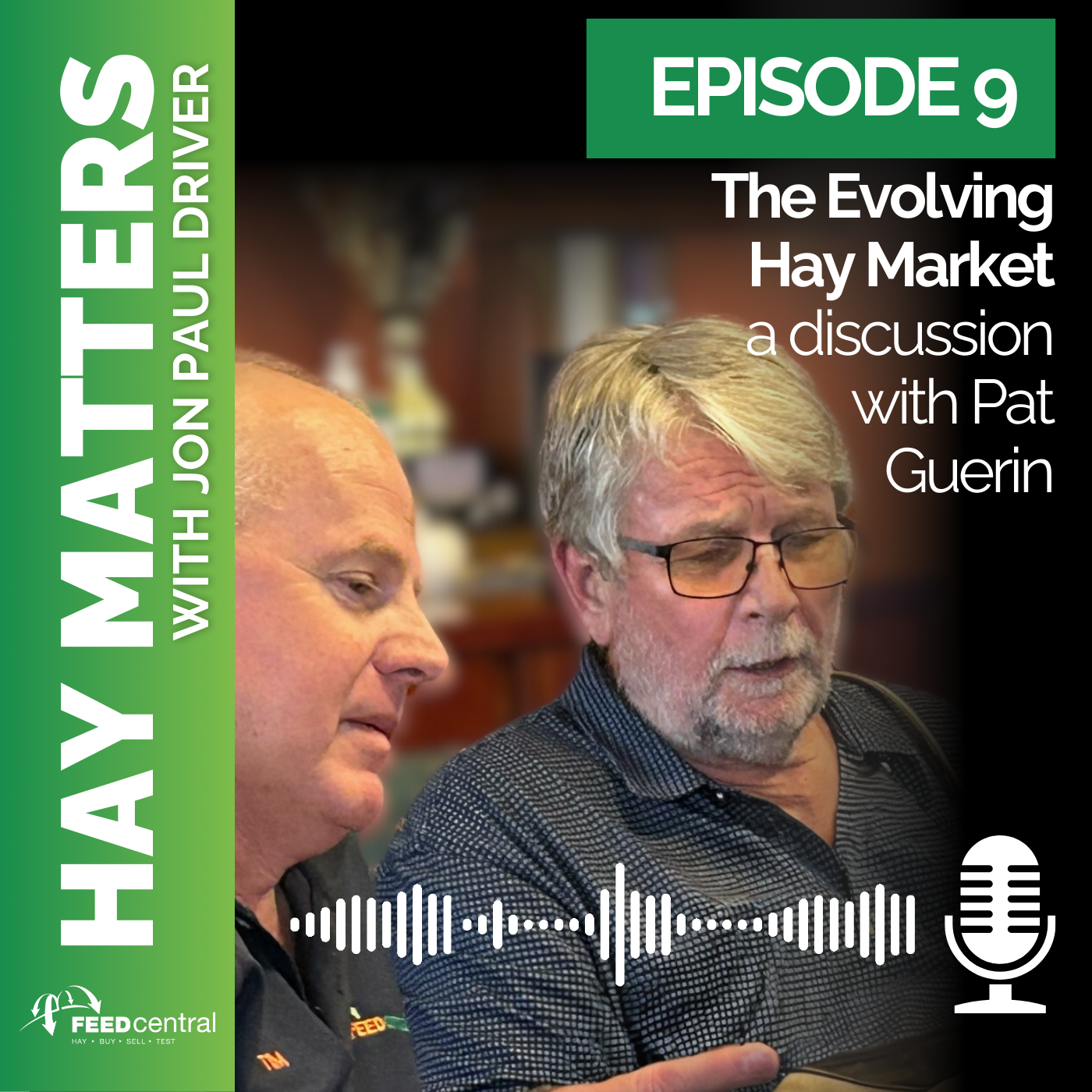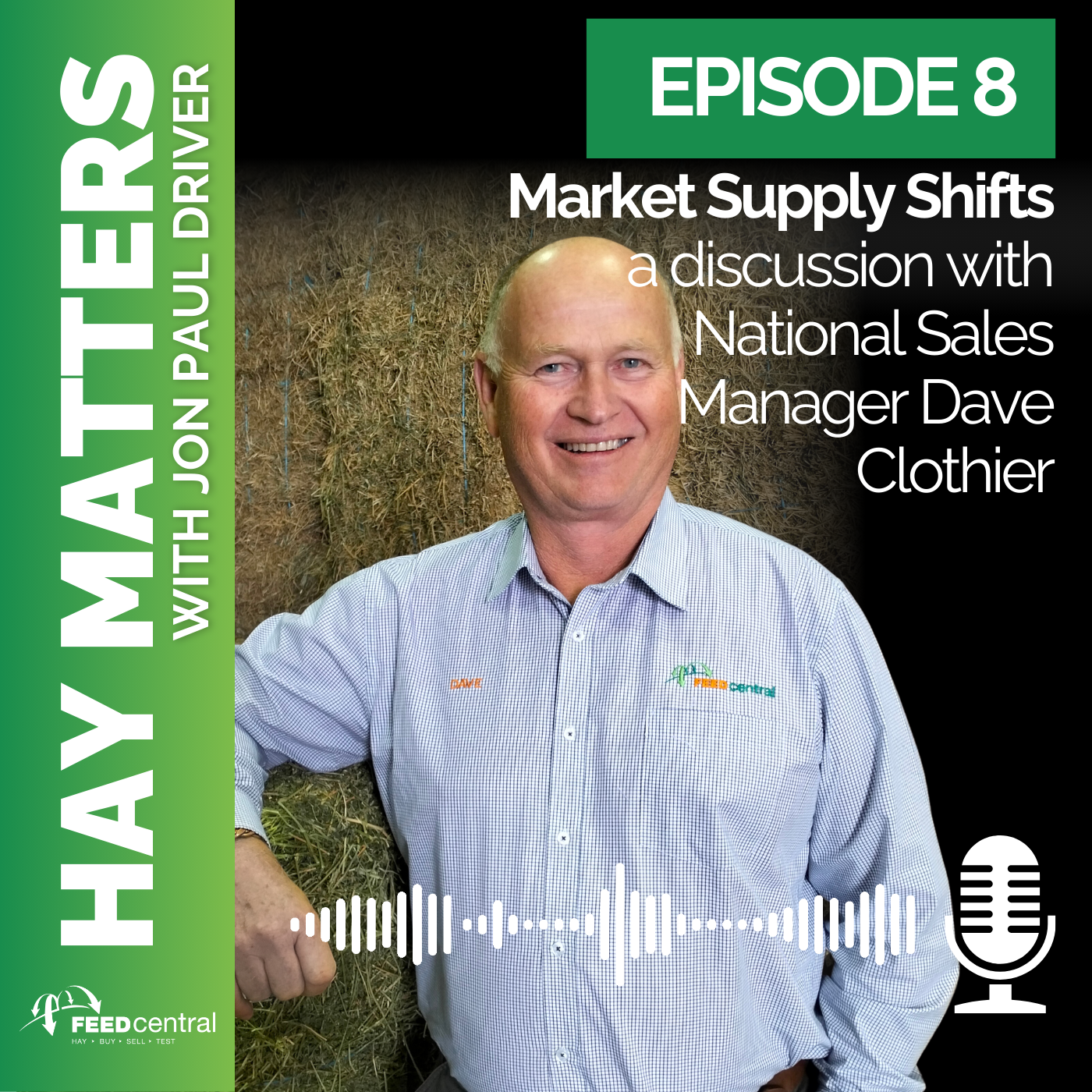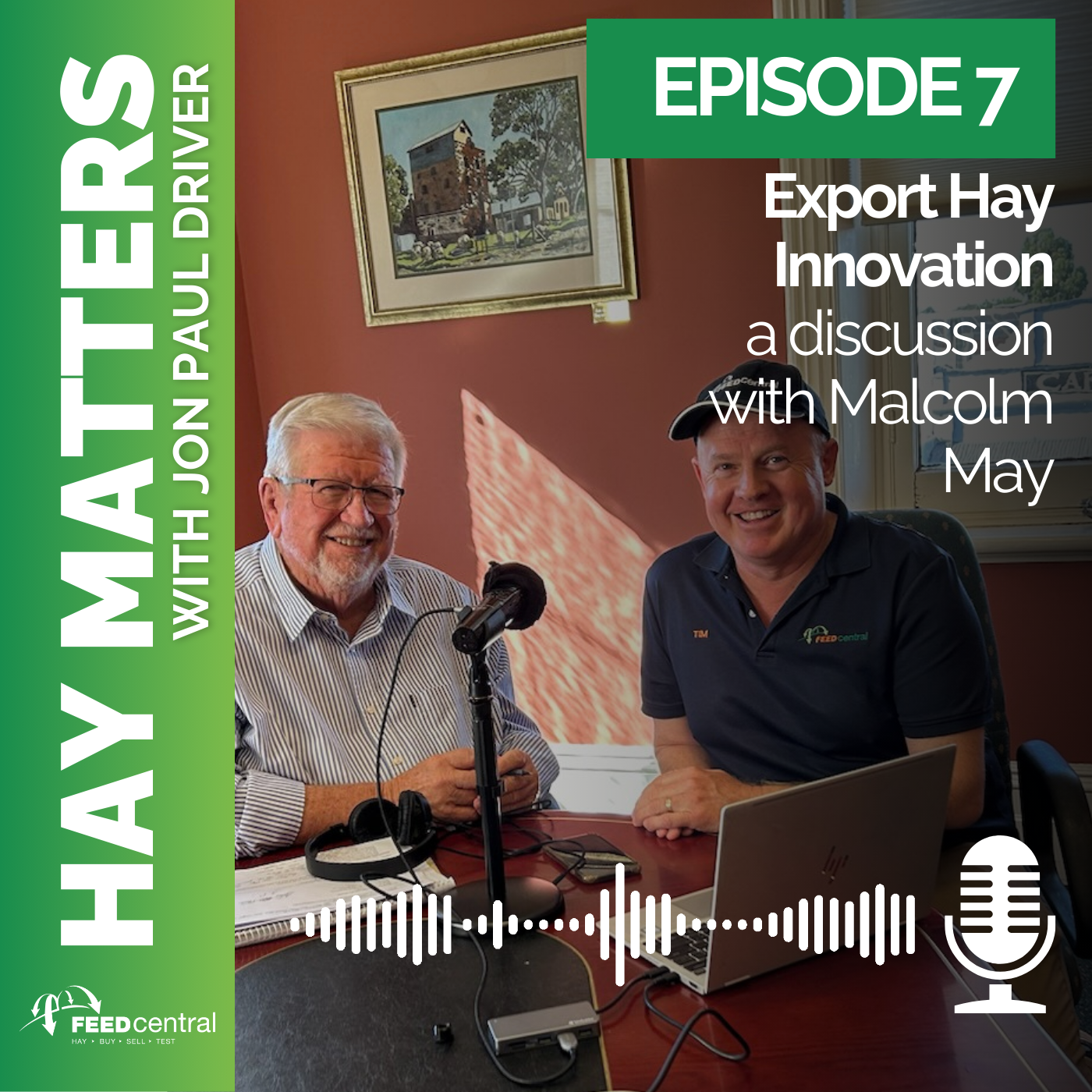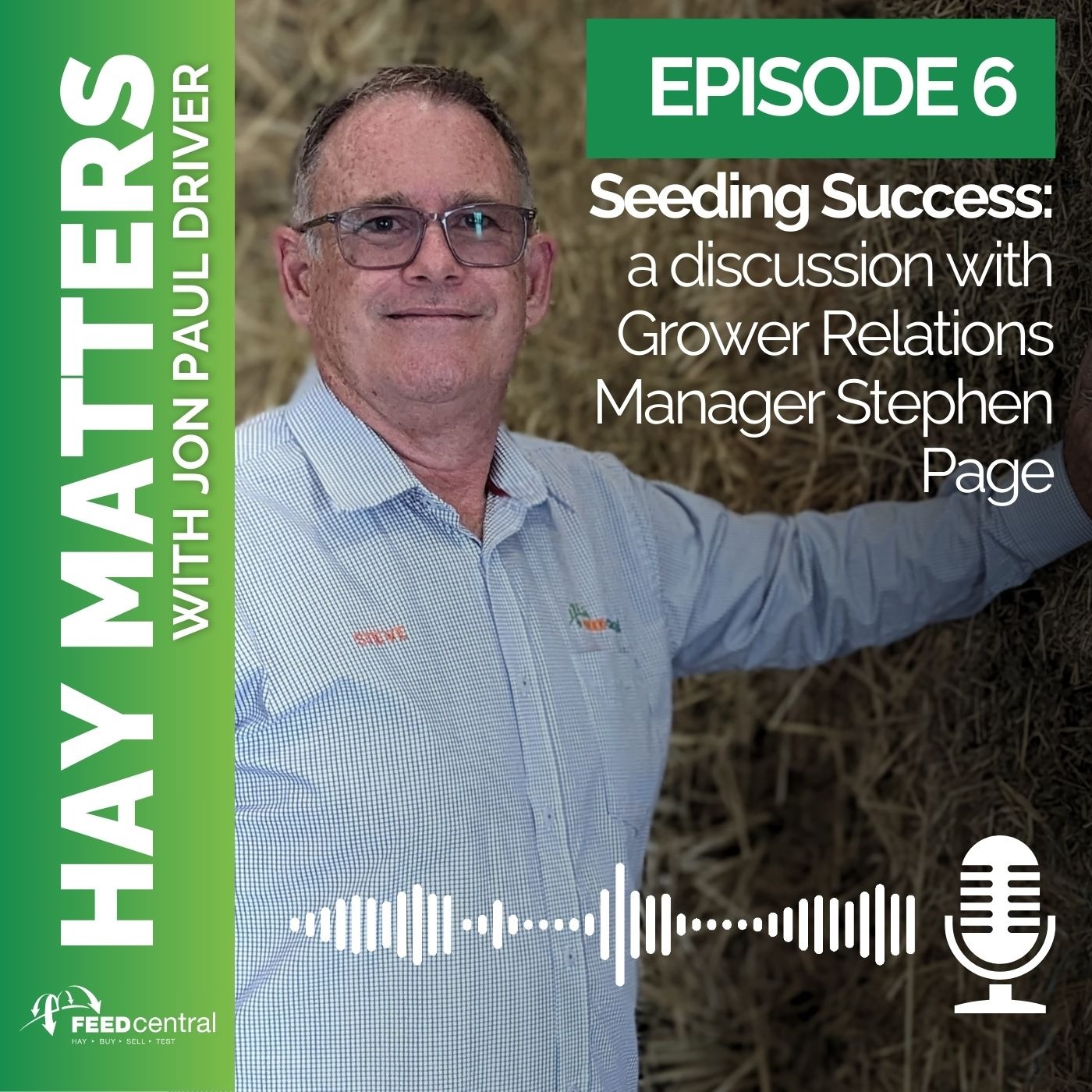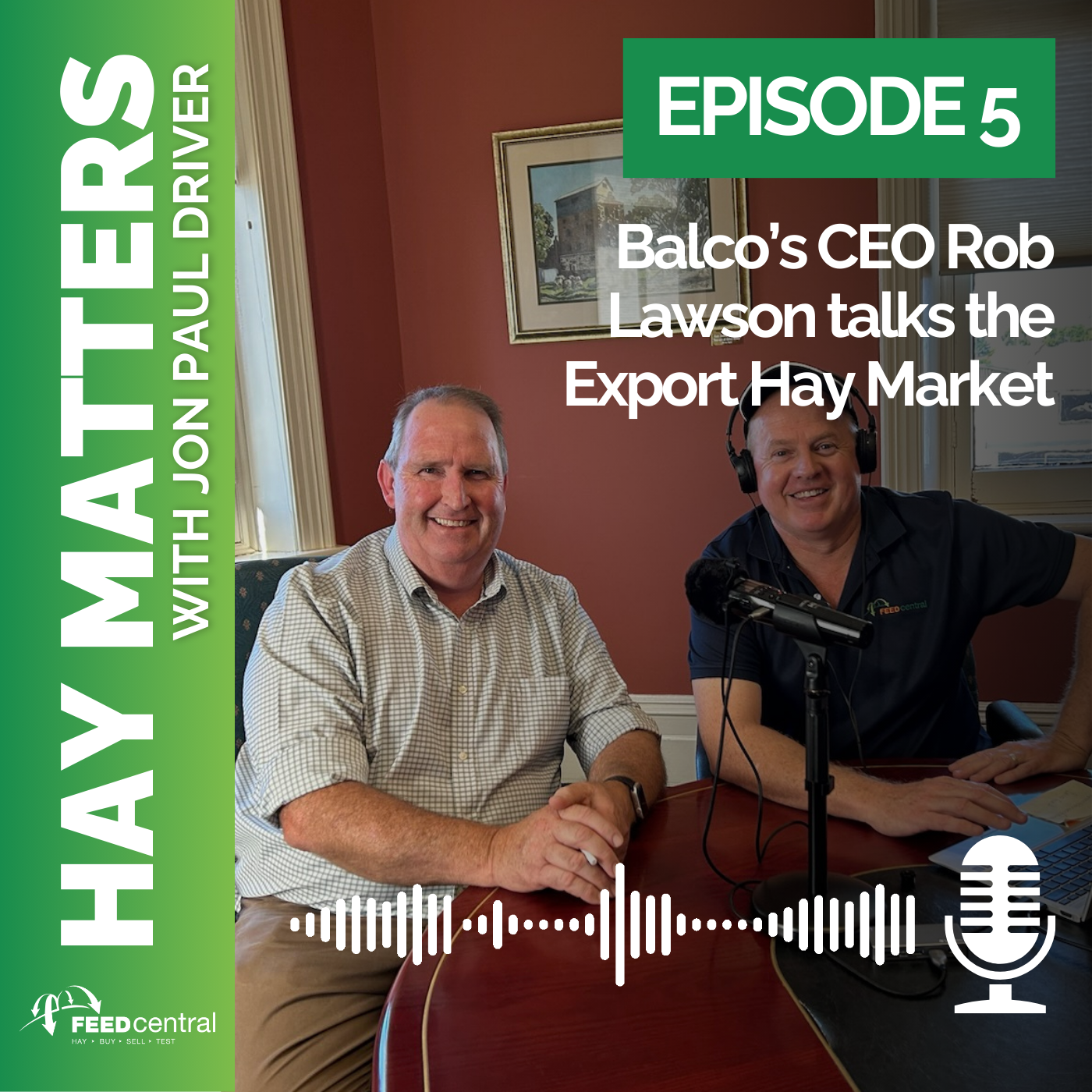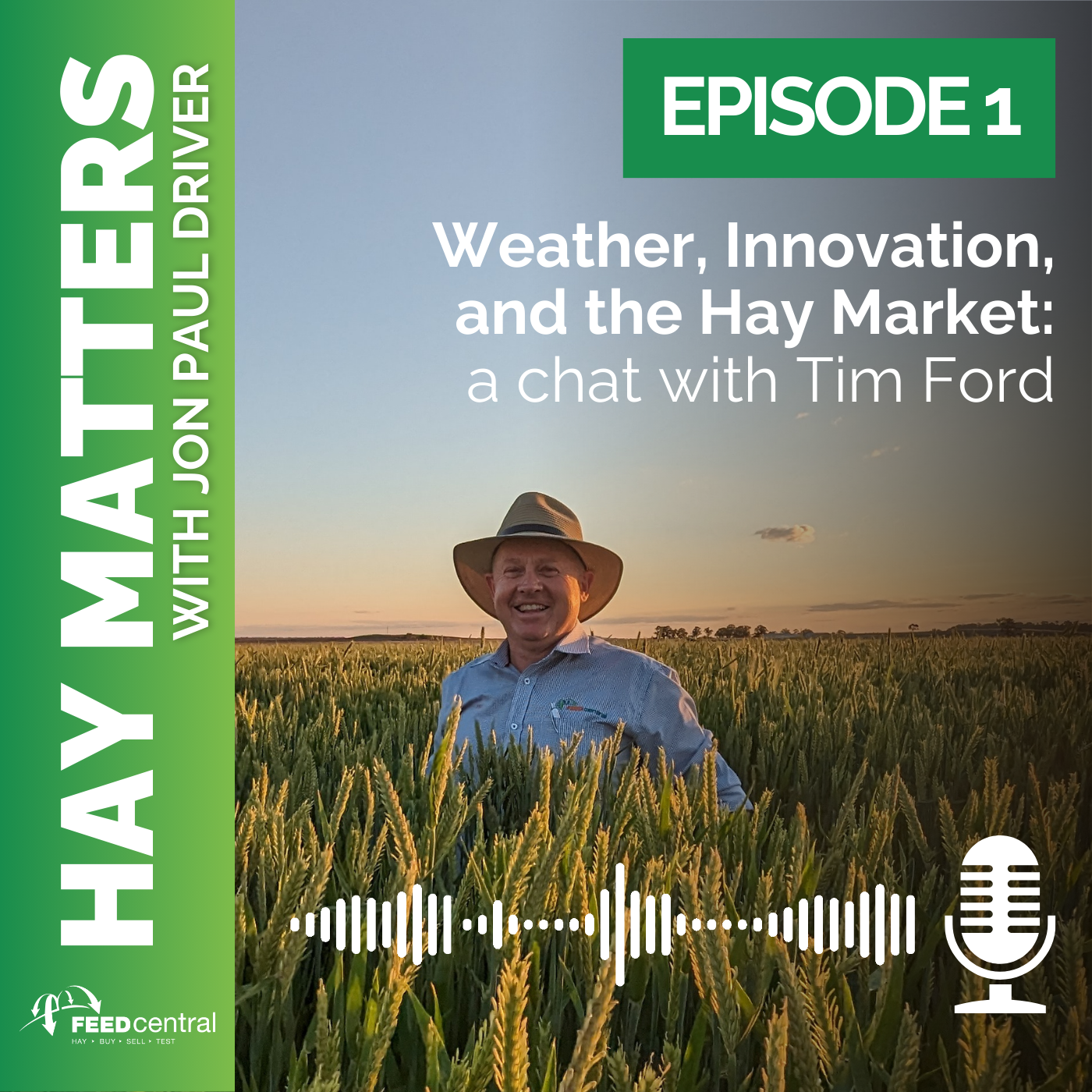Balco's CEO Rob Lawson talks the Export Hay Market
1.2 million tonnes of Australian hay and straw goes for export each year, with 99% of that being dryland farming, planted in between the end of April and early June, made up primarily of oaten or cereal hay.Two key factors are crucial in oaten hay: Water Soluble Carbohydrates (WSC) and Neutral Detergent Fibre (NDF), while there are lower amounts of protein, averaging 5-8.5%.Balco rigorously maintains quality control throughout the export process. This involves inspecting fields immediately after seeding, monitoring for weed contamination during growth, core testing 20% of the product, and taking mixed samples that represent the entire field.A crucial aspect of the export process is ensuring the hay tests negative for Annual Ryegrass Toxicity (ARGT) before it is shipped.Export hay contracts operate somewhat differently from grain contracts. They are based on the area of land (hectares) rather than volume, with a cap on the tonnes exported in a good season. Importantly, there is no penalty for the seller if adverse conditions, like drought, lead to a reduced yield. Rob recently visited El Centro and Ellensburg in the USA, as well as Korea, Japan, and China. He observed that, following price crashes last year, exporters were holding onto their product, hoping for a price increase to avoid realising their losses.A positive development last year was the restoration of the Chinese market for Australian exports for the first time since the COVID-19 pandemic. Additionally, shipping rates have started to decrease for the first time in a while. Due to its geographical location, Australia is often the last to experience the benefits of changes in the export market.Currently, Australia boasts a variety of mid to high-grade hays. Coinciding with the return to normalcy of the Chinese market, this situation has positioned the Australian export market favourably.Currently, the global dairy industry is under pressure, and it may take some time to stabilise.Ensuring oaten hay is competitively priced to offer fair returns to growers is crucial. In every supply chain, each participant playing a significant role must be able to profit. If, for an extended period, someone earns a disproportionate profit, it's almost certain that the supply chain will collapse within a year or two.Rob shares a message of cautious optimism in the oaten hay space, highlighting stability.
 Sign in
Sign in Sign in
Sign in Sign in
Sign in